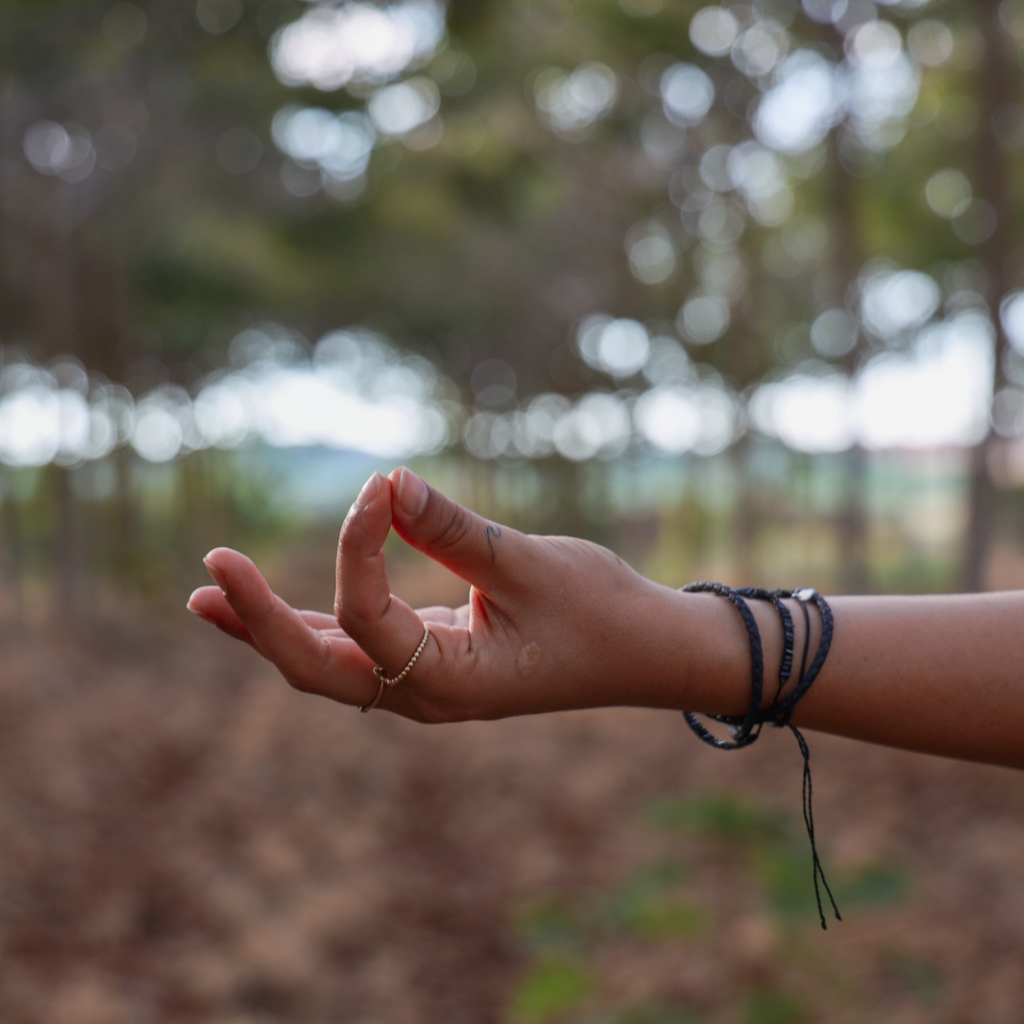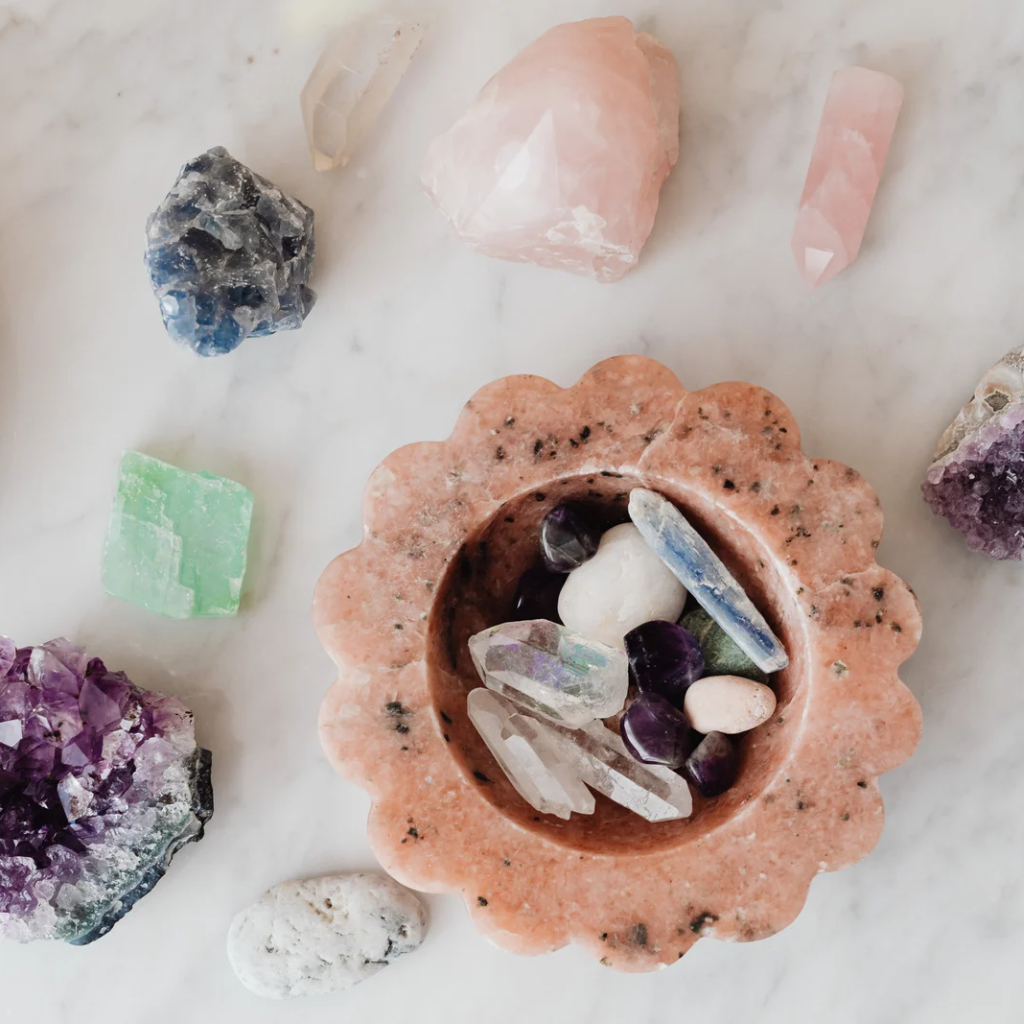Creating a Seamless Yoga Flow: Tips for Yoga Teachers
As a yoga teacher, one of the most important aspects of your role is to design a yoga flow that will challenge your students while still being accessible and safe. A well-crafted yoga flow can keep your students engaged, improve their practice, and leave them feeling empowered and centered.

5 Tips & Tricks For Creating A Seamless Yoga Flow:
1. Consider Your Students’ Skill Level:
When designing a yoga flow, it's essential to consider the skill level of your students. Make sure that you offer variations or modifications for poses that might be too challenging or too easy for some students. Additionally, be mindful of how long you hold each pose and the sequencing of poses. Try to avoid sequences that are too complex or involve too many difficult poses in a row, as this can be overwhelming for students. Lastly, be open to feedback and questions from your students to make sure that everyone is comfortable and safe throughout the class.
2. Create A Theme or Intention:
Creating a theme or intention can help make your yoga flow more meaningful and give your students something to focus on during the practice. This can be as simple as focusing on a specific chakra or part of the body, or it could be something more abstract, like a feeling or emotion. When choosing a theme or intention, consider your students' needs and what they might benefit from in the class. For example, if your students are stressed and anxious, you might want to focus on a calming and grounding theme.
3. Balance The Flow:
A well-rounded yoga flow should include a balance of different types of poses that work on different parts of the body. Consider incorporating standing poses to warm up the body and build strength, forward folds to release tension in the spine and hamstrings, backbends to open up the chest and improve posture, twists to detoxify the body and improve digestion, and inversions to improve circulation and boost energy levels. Additionally, try to balance the amount of time spent on each type of pose to avoid overworking certain parts of the body.
4. Be Mindful Of Transitions:
Transitions are an important aspect of creating a seamless yoga flow. Make sure that each pose flows smoothly into the next, without any abrupt or jarring movements. One way to achieve this is to use transitional poses that can help connect different types of poses. For example, you could use a series of Sun Salutations to move from standing poses to forward folds. Additionally, consider the pace of the class and how much time you have for each pose and transition.
5. Use Music And Props:
Music and props can be powerful tools for enhancing your yoga flow and creating a more immersive experience for your students. When choosing music, consider the tempo and mood of the class and choose music that matches it. For example, if you are teaching a gentle yoga class, you might want to use slower, more relaxing music. If you are teaching a more energetic class, you might want to use faster, more upbeat music. Similarly, props like blocks, straps, and bolsters can be used to modify poses and make them more accessible or challenging for different students. Make sure that you have enough props for everyone in the class and demonstrate how to use them properly.
By following these tips, you can create a yoga flow that is both challenging and accessible, while also keeping your students engaged and centered throughout the practice.


Leave a comment